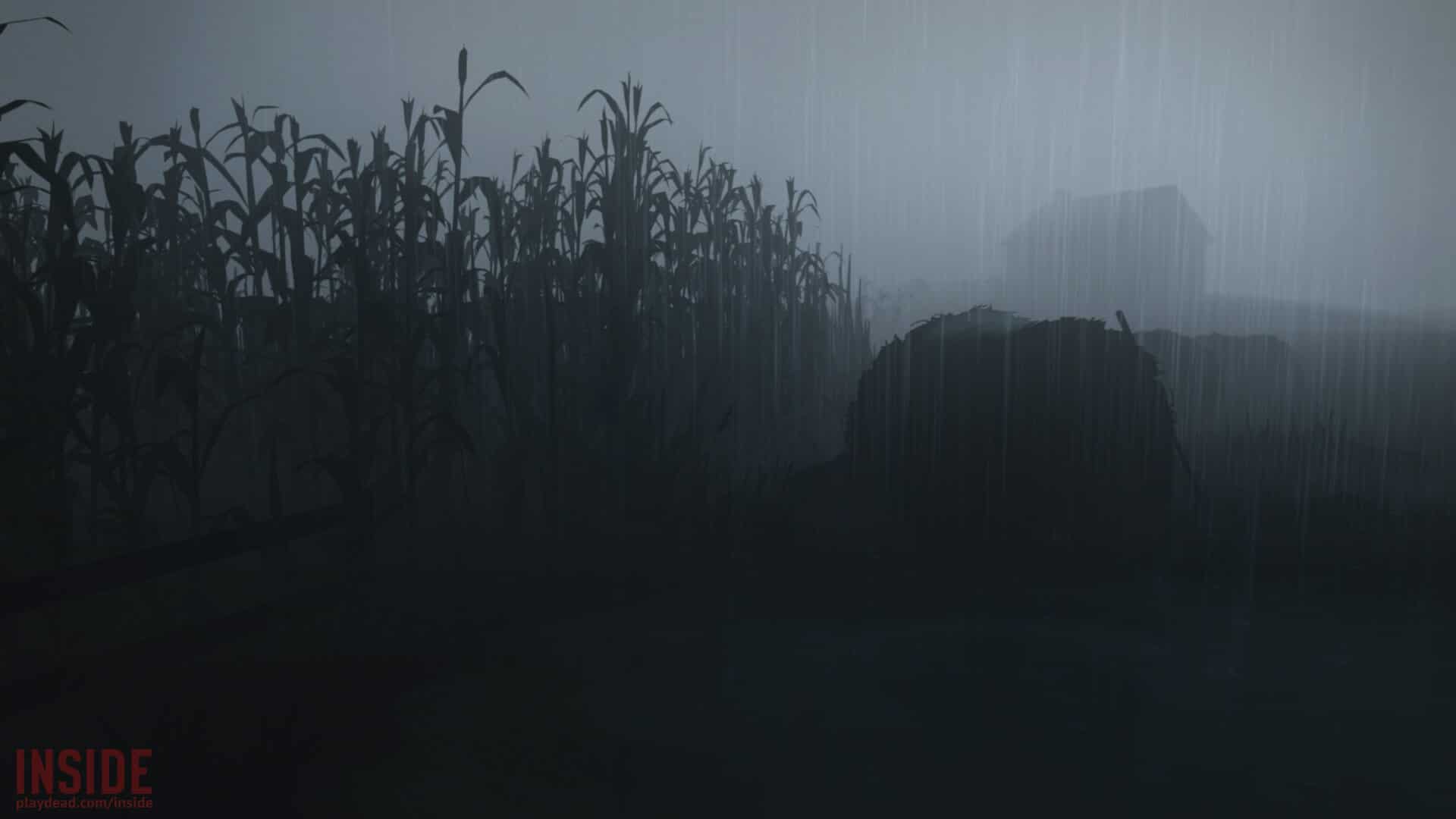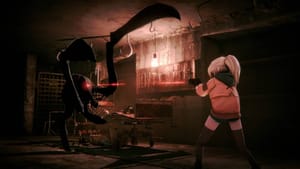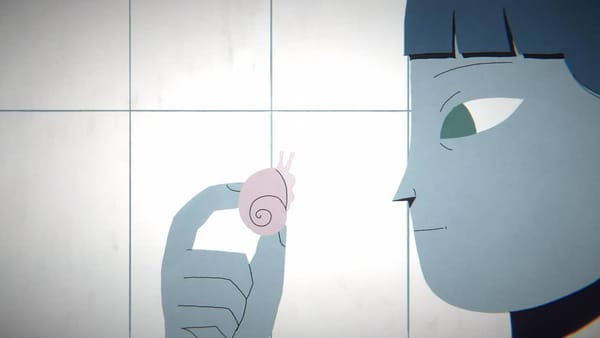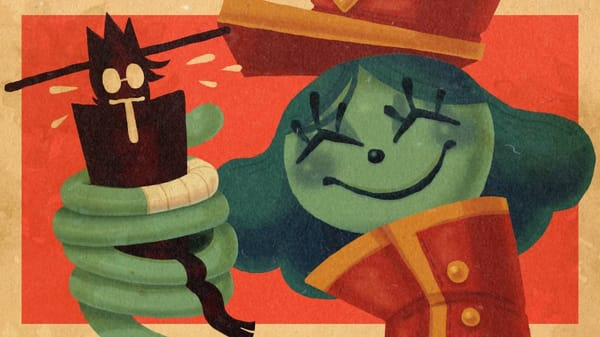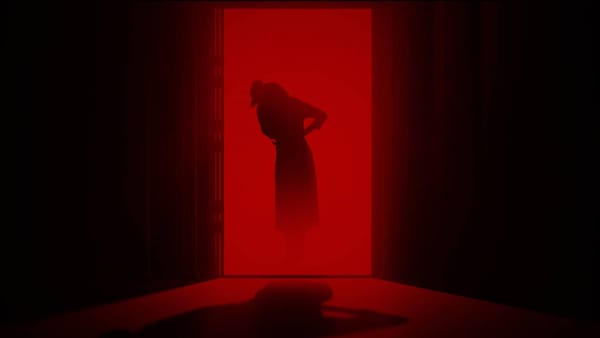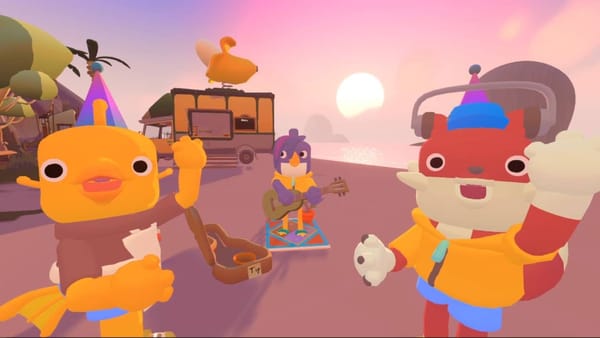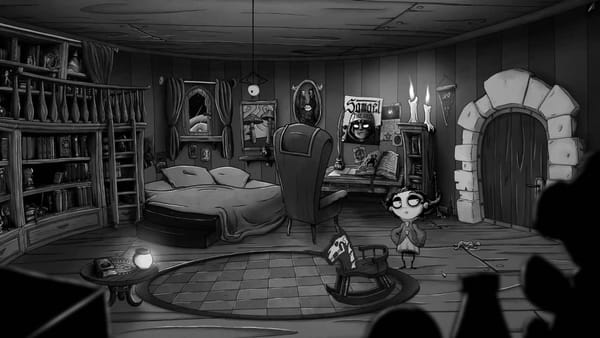Following a playthrough of the recent game Mosaic, it got me thinking about Inside again. There are few modern games that I can confidently say that I’ve completed as much as Inside – perhaps five or six times now. Why is that?
Inside, by Playdead is a follow up to Limbo of sorts. It’s not a direct sequel, but what fellow humans refer to as a spiritual successor. In it, you play a boy located deep in a forest being chased by an unknown group. If they capture you, you die. There’s no reasoning why this is happening, and even at the climax, no definitive explanation is provided, yet this tale of ambiguity makes it so compelling.

It was a recent playthrough of Mosaic that prompted me to pick up Inside once more. The themes differ, but the colour palette and lighting are very similar. In fact, the lighting is so prominent in the game that in many of the sections, you will need to avoid direct contact with any form of spotlight or face imminent death. Deaths are quite common. There aren’t any onscreen indicators at all – no health, no hints, no timer. This choice of minimalism enables you to enjoy everything on the screen and get absorbed in the gloomy atmosphere, looking for a way out.
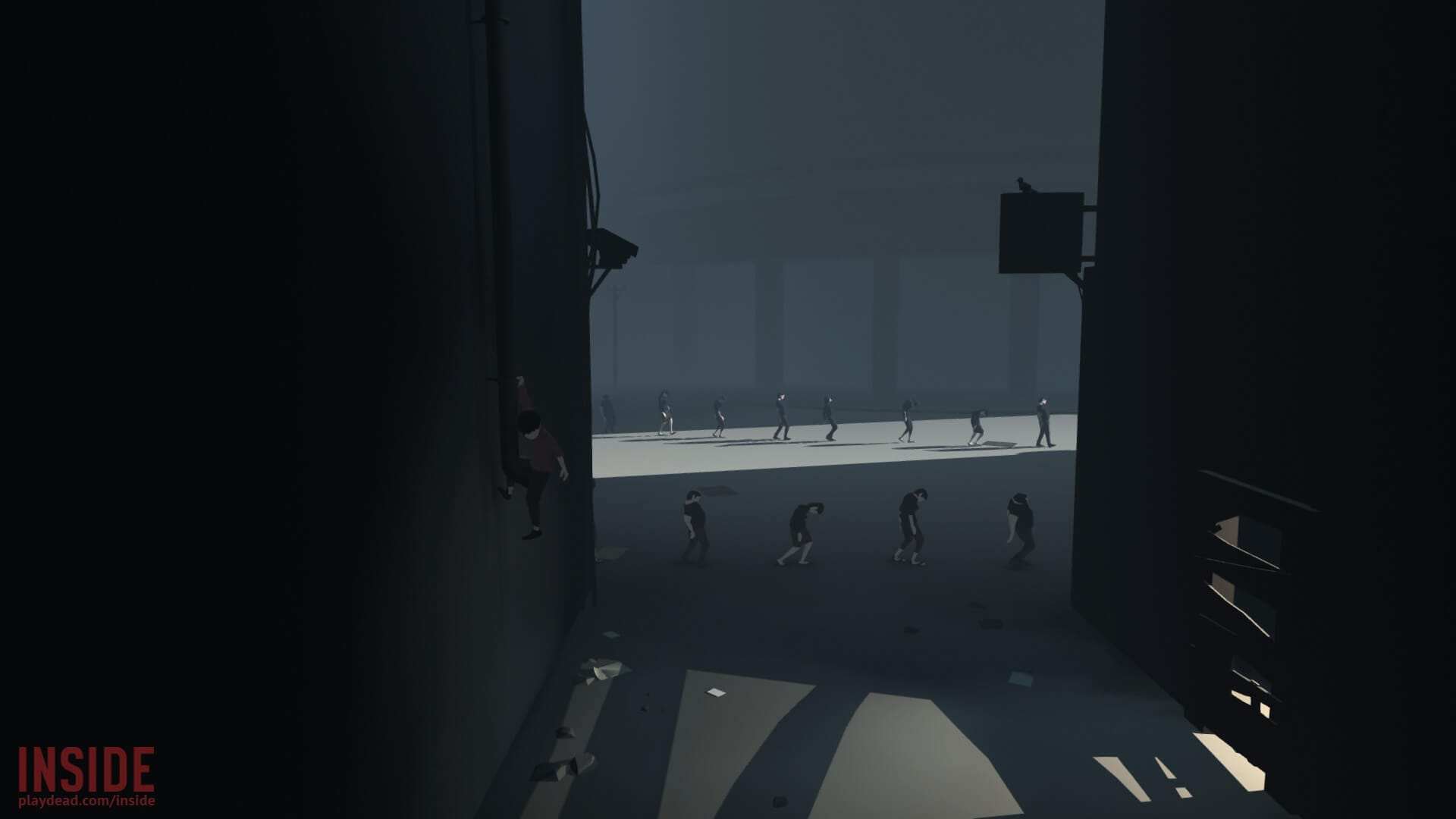
At its heart, Inside is a puzzle game. It’s broken up into individual areas, stripped-down, it’s a 2D side-scrolling game where you interact with objects and NPCs, using them to unlock a new segment or to reach a higher level. The controls are far from complicated; the gameplay lies within your stealth ability and problem-solving skills. As the path is relatively linear, charge from left to the right of the screen with a few underwater segments, it’s not too difficult to get lost or overwhelmed with any specific challenges. That said, a few of the underwater scenes troubled me a few times as I couldn’t move fast enough and despite a few hours or more playthrough, there were enough deaths that would make Dark Souls proud.
A note on deaths: they’re a little bit morbid at times and somewhat difficult to digest. Without any spoils on the actual story, in the opening sequence in the forest, if one of your pursuers captures you, they’ll strangle you to death. A little later in some of the built-up areas, these claws attached to a cord will appear out of nowhere, whisking your ragdoll corpse into the shadows. Seeing anyone die in that manner isn’t exactly an afternoon of light entertainment, but when it’s a kid? Not pleasant.
The ever-present threat is throughout – both literally and figuratively. There will be people chasing where you have to run for your life, other times it’s just as menacing when flicking a switch to hide behind some shadows, hopeful that your presence doesn’t trigger off one of these claw-like traps.
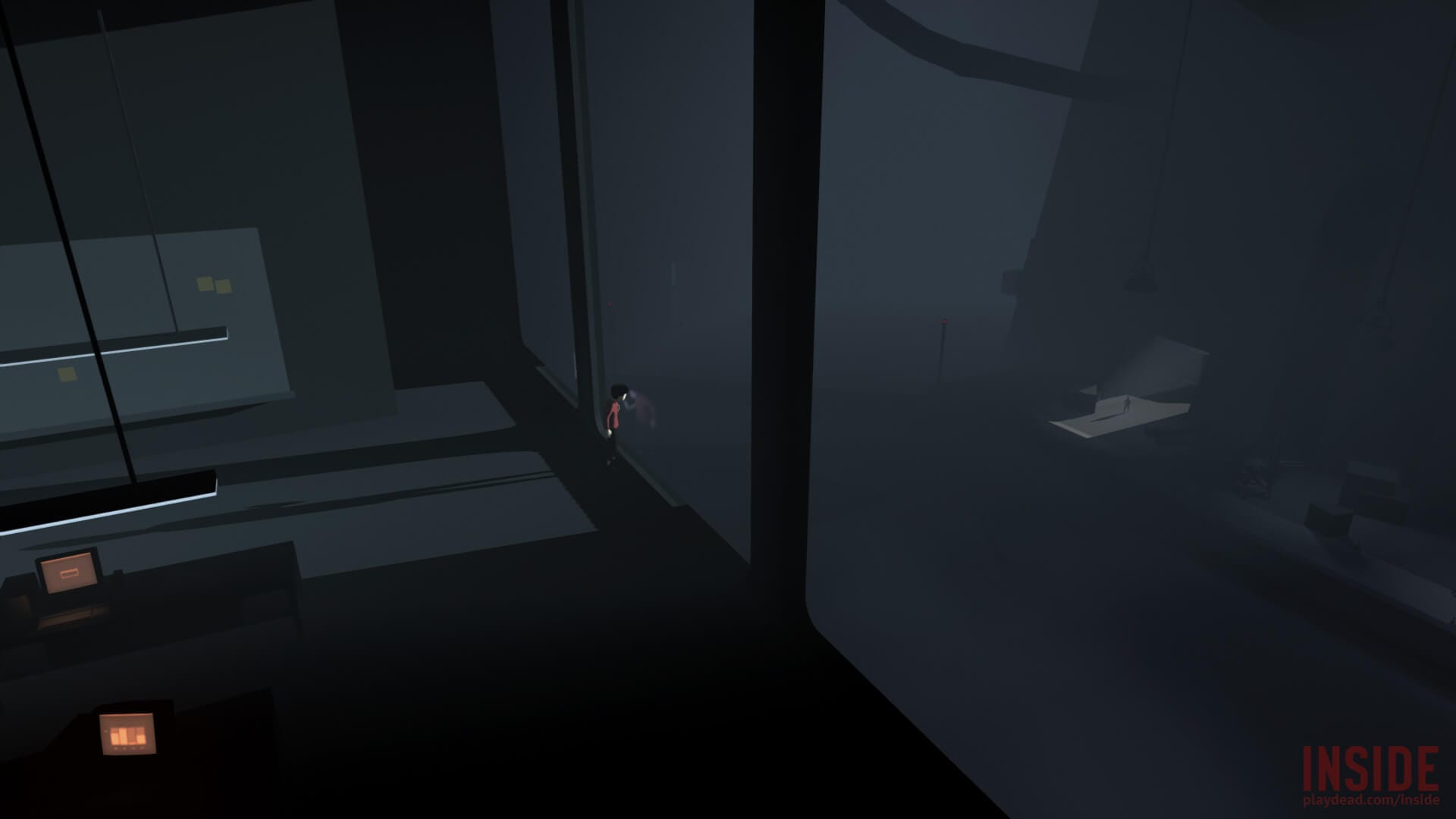
Visually though, it’s a masterpiece in my eyes. While you won’t see the same dynamic lighting and rendering as you would with the likes of Red Dead Redemption 2, the lack of expressions on the characters still somehow evokes a mood, and it’s rare to see such effective dust particles in a game that is somewhat stripped down, yet so bold. What I’m getting at is it looks pretty with all the greys and lighting effects, that you do feel trapped in this dystopia, yet somehow enjoy the views (even if it is bleak).

To accompany the visuals is the gloomy, echoey sounds that resonate in the dark. If there was a score throughout, I didn’t notice as everything is so subtle, I think having too many distractions would take away the focus on the boy and his surroundings. However, there is one particular puzzle that involves sonic waves, and if like me, you have a sub-woofer connected up, the vibrations are pretty mad. The actual consequences of that section is also a little bit alarming too, but again, unless you’ve played it, you need to experience it without any spoilers.
Why the multiple playthroughs then? A combination of aspects. First and foremost, I love the game – the atmosphere it creates and the afterthoughts of ‘what the hell did I just play’ are a welcome experience, even if the actual gameplay is over after a couple of hours. Aside from reliving the experience, there are some hidden gems to find. In this case, you are locating a series of orbs that the boy must unplug. Locating all of these orbs unlocks an alternative ending and awards some PlayStation trophies (sadly, no platinum trophy). What I didn’t realise until the third or fourth playthrough was that you could skip to any area you have unlocked (pending you completed the game, of course) from the main menu. After a while, I surrendered and looked up a walkthrough to find the remaining orbs.
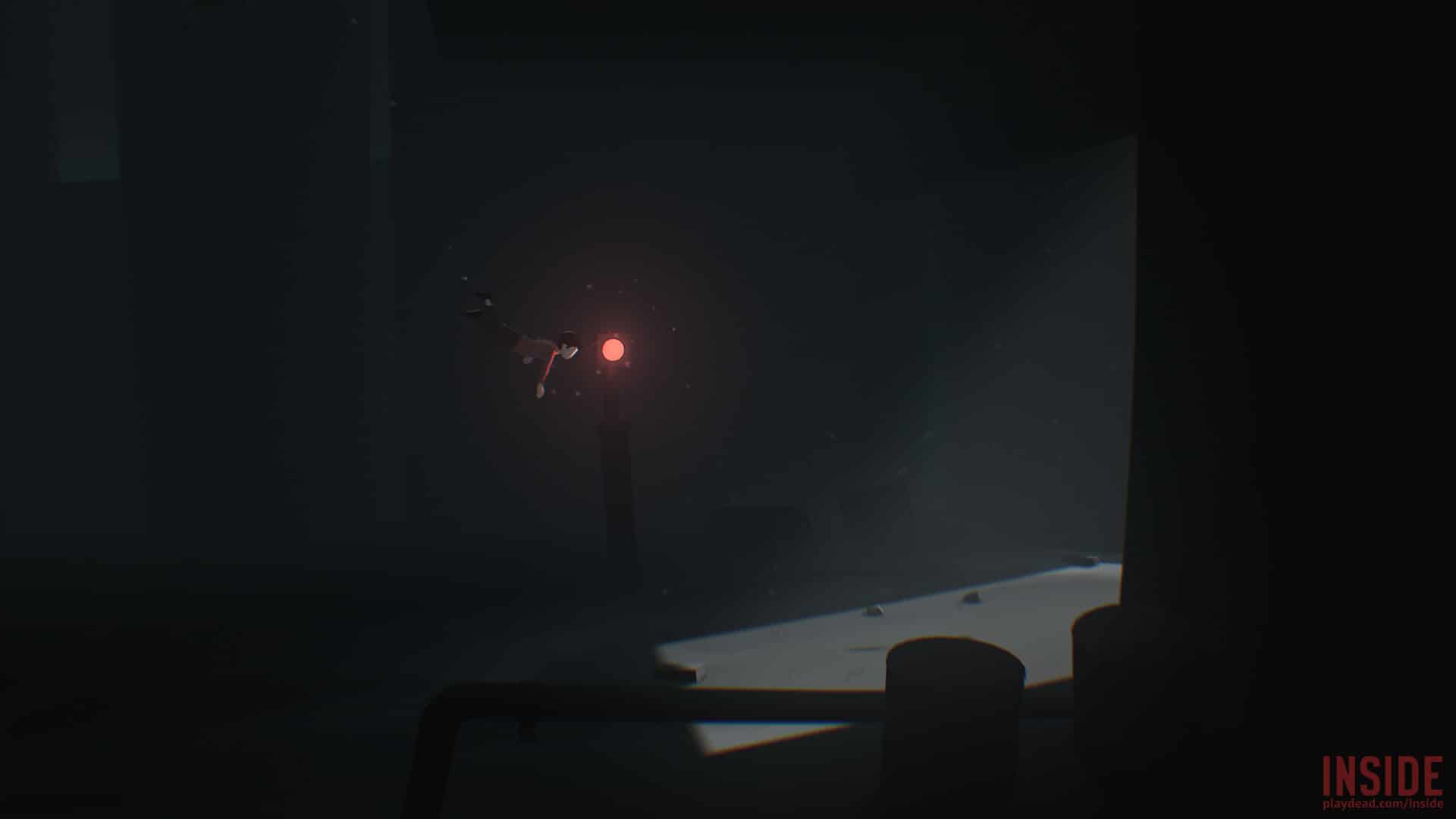
The puzzles to solve in-game aren’t too taxing, but locating hidden areas is. While a 2D environment makes it clear where to go in terms of story, there always appears to be something happening in the foreground or background of each location. Sometimes it’s a clue, other times a distraction, at least that’s how it came across in some cases as there was no way I was finding one of these orbs on my own.
Inside is superb, as far as I’m concerned. Within the context of it being an enigmatic puzzle game, it delivers on all levels. Sure, the puzzles encountered won’t have you pulling your hair out and even with the multiple deaths in one location won’t have you rage quitting. Though there aren’t any hints or tips, it’s fair to say that Inside is intuitive enough to know what to do. Or you’ll at least fumble your way through a few of the challenges on your own accord. The actual narrative is subjective, and you can make of it what you will, and that’s one of the highlights of the game – the level of interpretation.


